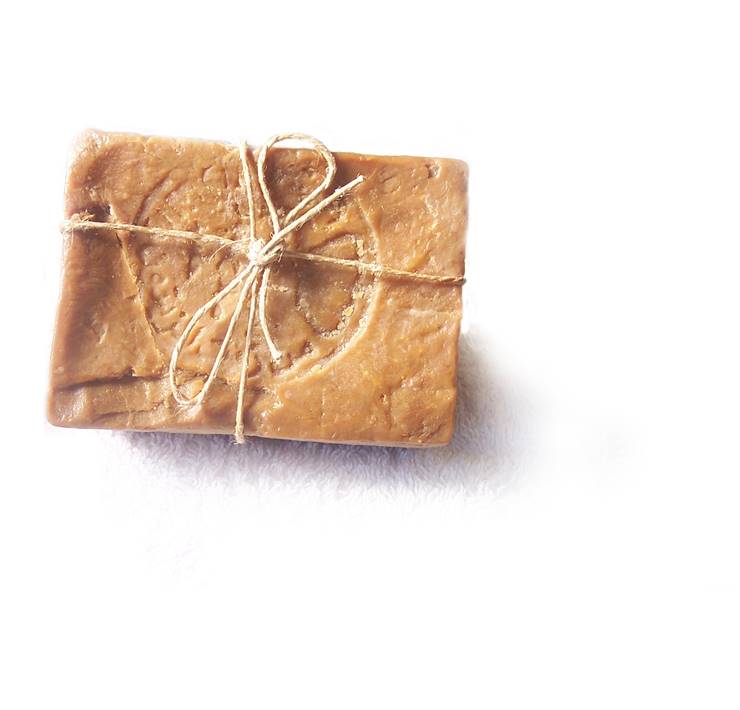History of Soap Making Techniques
Archeologist found a barrel containing a soap-like substance, dating back 2800 B.C. during the excavations in Iraq. It is believed that these large canisters were used in Babylonia for some kind of soap making process.
The first proof of soap's existence was a Mesopotamian clay tablet dating back to 2200 B.C. with a soap recipe inscribed on it. The soap making technique in the ancient times was mixing supplies taken from animals and from nature, such as animal fat and tree ash to form a cleansing agent.
Egyptians also made some type of soap. Manuscripts from approximately 1500 B.C found in Egypt describe a substance made by combining animal fats and vegetable oils to create a soap-like base and go on to explain another type of soap which is produced for the use in the production of wool.

Around 200 A.D., the ancient Greeks have combined lye and ashes to clean their pots and statues. The Gauls and Romans also used animal fat, beech tree ashes and goat's tallow to produce both hard and soft soap products.
By 600 A.D., soap making guilds and the modern formula for the soap that we use today were created.
By the eight century, soap factories were built in Italy and Spain. One of the first soap factories was built in Marseilles which soil was great for olive trees and vegetable sodas. The industry began in France during the twelfth or thirteenth century and England soon followed the tradition. While the French soap was exclusively made from olive oil, the English produced soap from a variety of ingredients.
Nicholas Le Blanc's discovery of an inexpensive method to extract soda from salt expanded and revolutionized the soap industry. In 1811, Eugene-Michel Chevreul determined the exact amount of fat that was necessary to produce soap. Before this discovery, it was simply guessed the amount of fat to use. These and other discoveries and inventions helped producing soap easier, expanded its availability and popularity as type of soap and soap making supplies.
The commercial production of soap was changed during The Industrial Revolution. Soap wasn't anymore made at home and people started buying it from a catalog or store.
After the Great War and until 1930's, a method called batch kettle boiling was used for soap manufacture. Shortly thereafter, continuous process that decreased soap making production time to less than a day was introduced and refined by Procter & Gamble. Continuous process is still used by large commercial soap manufacturers.
